

(Roma, 1914 - São Paulo, 1992)

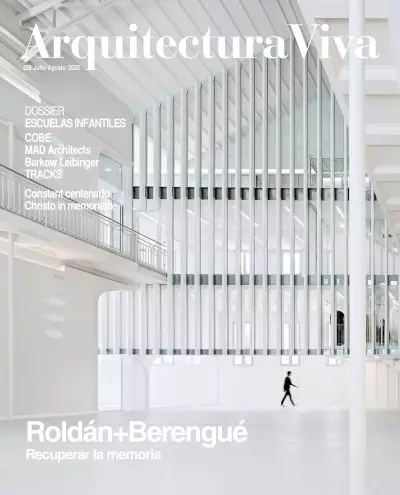
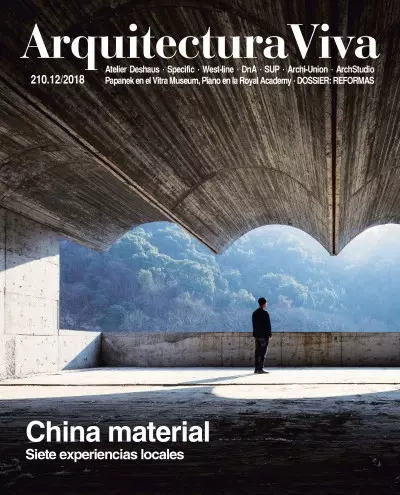

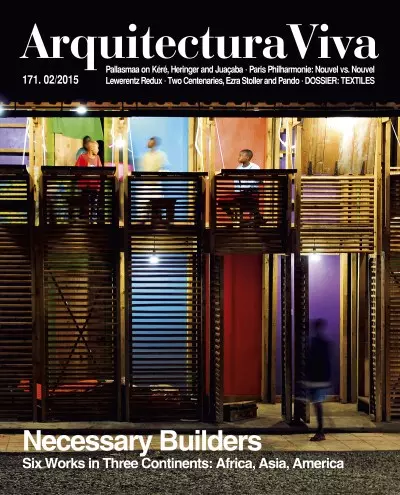
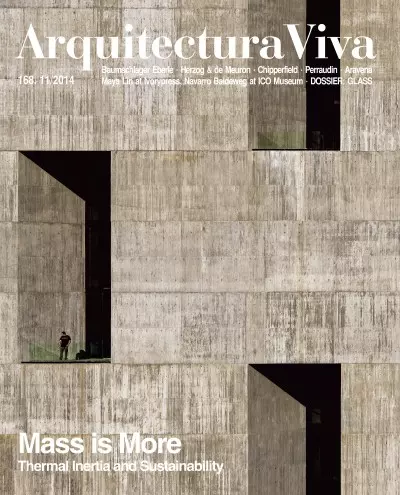
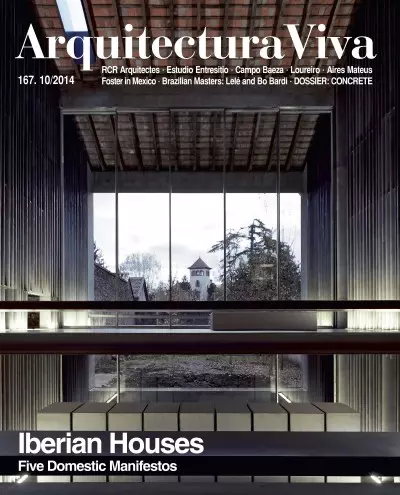
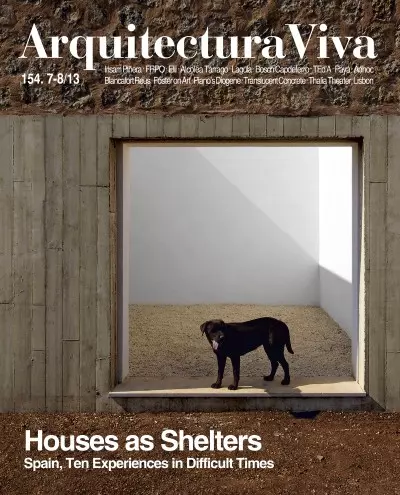

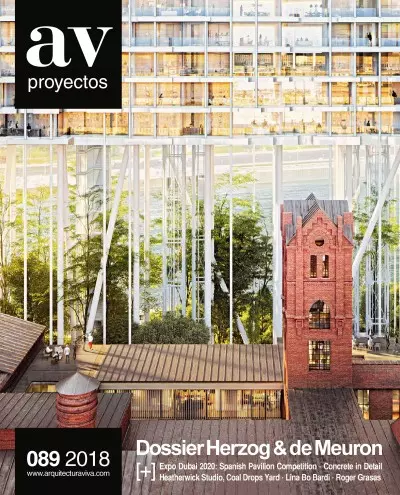
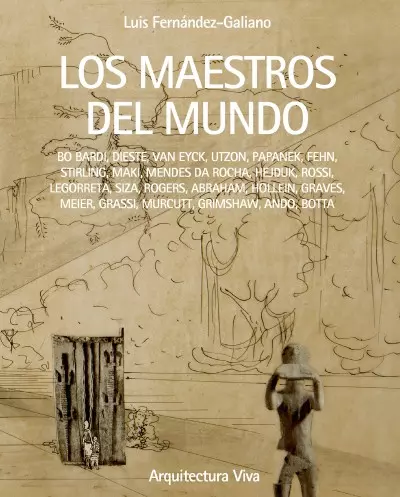
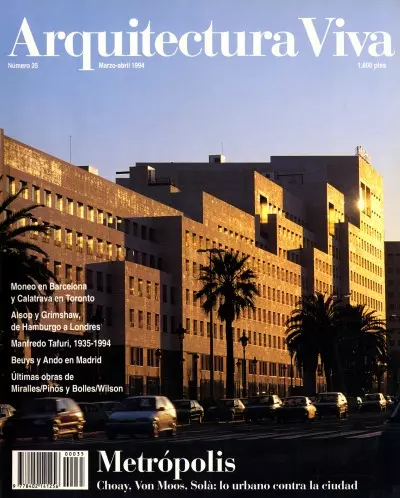

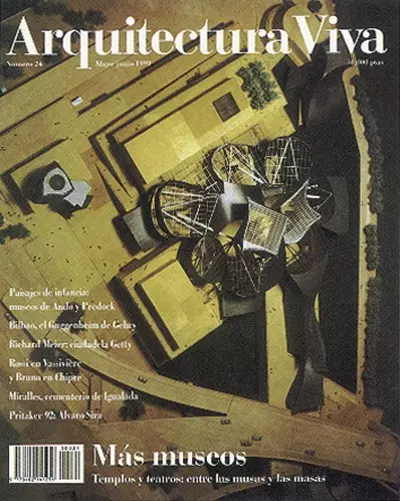
In 1990 mayor Luiza Erundina hired Lina Bo Bardi to refurbish the Palácio das Indústrias, which, located next to Parque Dom Pedro II, was to become the new home for the São Paulo City Hall. The project included on the one hand the renovation of the o
Conceived as a pilot project, the Ladeira da Misericordia scheme gathers a series of building solutions that were to guide the recovery works of other decaying structures in the historic center of Salvador, Bahia. The site, comprising five properties
Planned by the ethnographer Pierre Verger, the cultural project of Casa do Benin is the result of a bilateral agreement to establish ties between Salvador and the Republic of Benin – where most of the slaves from Bahia came from –, by building a comm
Within the global plan to refurbish the historic center of Salvador, Bahia, this project focuses on the regeneration of the area located by the church of Barroquinha. Aside from the urban design of the surroundings, the intervention included the reco
Included in the UNESCO World Heritage Site list in 1985, the Historic Center of Salvador, Bahia, gathered a series of unique urban and architectural features, inherited from its past as colonial capital. When the commissioned Lina Bo Bardi to develop
When the Mayor of Jundiaí hired Bo Bardi to design the renovation project for Politheama Theater, in 1985, the building was practically abandoned. However, for many years it had been one of the most emblematic spaces in the region, with activities th
The birthplace of avant-garde artistic movements, the Teatro Oficina was set up in the 1950s as an experimental drama company in the Bixiga neighborhood of São Paulo. The company’s building, which was partially destroyed in a fire, suffered several a
Suffocated by the intense traffic of São Paulo, the Anhangabaú Valley was the subject of a public competition held in 1981, and that called for ideas on how to revert a process that had transformed the park into an avenue with big parking areas. The
When Lina Bo Bardi visited the old metal barrel factory in the working class district of Pompéia with plans to build a sports and culture center, the space had already been occupied spontaneously by neighbors who spent the weekends amidst the warehou
Built with very scarce means, the Church of Santa Maria dos Anjos reduces its design to the essential, in tune with the austerity preached by the Franciscan order that uses it. The objective is to achieve the maximum architectural quality with the mi
The Espírito Santo do Cerrado Church community center, located in the southeast of Brazil, in a suburb of Uberlândia, was built on the initiative of a group of Franciscan monks who wanted to equip the local community with a space for gathering, a chu
On the shores of São Francisco River, in the dry Northeast region of Brazil, the Camurupim project is an attempt to regroup the local population around a services core to make community functioning easier and to improve the precarious situation of pe
Lina Bo Bardi was commissioned to design an urban complex in Itamambuca Beach, on the northern coast of the state of São Paulo. The complex included a hotel, a civic center, and a series of individual residences. Though the project was never material
Overlooking the Bahia de Todos os Santos, in Brazil’s former colonial capital, the Solar do Unhão gathers several structures dating back to the 16th century. Lina Bo Bardi proposed preserving the ensemble – threatened by the construction of a express
Organized around a ‘jaqueira’ (jackfruit) tree that went up on the site, the Chame-Chame House sits on the edge of an oval-shaped block in Salvador da Bahia. The first sketches show a raised volume similar to that of the Glass House, but the final de
Located in the residential neighbourhood of Morumbi, at only three hundred meters from the Glass House, the residence for Valéria P. Cirell blends seamlessly with the natural environment. The outside walls, built using traditional building techniques
On the boundaries of a suspended volume and a terraced plinth, the Museum of Art of São Paulo frames a collective space that functions as an agora and invites citizens to become part of the museum. In order to preserve the views over the northern par
A privileged spot between the Atlantic Ocean and the mountains was the site chosen for Lina Bo Bardi to build a museum by the water, in the municipality of São Vicente. The project, which was never completed, offered an opportunity to give her design
Lina Bo Bardi developed the project for the construction of affordable housing, designed for mass production, while working on the construction of her own private residence. Transparency is once again the guideline, with large glass walls that blur t
Nestled in the exuberant vegetation of Mata Atlántica, in the neighborhood of Morumbi, São Paulo, the Glass House was designed by Lina Bo Bardi as a gathering place for artists, and as her own home. The main facade, transparent and built on stilts, a
The Venice Architecture Biennale, perhaps the most important architectural celebration in the world, focuses this year on the consequences of construction. It tries to encompass buildings and destruction in equal measure, and also the needs of commun
“How will we live together?” This is the title of the 17th Venice Architecture Biennale, which opens with 61 participating countries. The motto reflects a turn toward social, even political concerns that has been taking place in the biennial since ov
The architect, designer, scenographer, artist, and critic Achilllina di Enrico Bo (1914-1992), known as Lina, has been recognized with the Special Golden Lion for Lifetime Achievement in memoriam of the 17th Venice Architecture Biennale, which will b
Para el ruso Melnikov, su vivienda se convirtió en su cárcel. Philip Johnson exhibió su día a día en la Glass House y Le Corbusier eligió para él la cabaña más pequeña que jamás había diseñado. El edificio de viviendas sociales de El Ruedo (Madrid, 1
The Fundación Juan March presents the first exhibition in Spain on the figure of Lina Bo Bardi (Rome, 1914 - São Paulo, 1992). The show wishes to reflect the artistic and cultural panorama of Brazil in the second half of the 20th century. ‘Tupí or no
Hasta el 13 de enero, la Fundación Juan March muestra ‘Lina Bo Bardi: tupí or not tupí. Brasil, 1946-1992’, la primera retrospectiva en España sobre la arquitecta, museógrafa, diseñadora, escritora y activista cultural de origen italiano que llegó a
The Juan March Foundation in Madrid will from 5 October on host the first exhibition on Lina Bo Bardis Brazilian period ever to be held in Spain.
The curator describes it as “a small exhibition dedicated to a great figure.” Opened in December and on view until 3 May this year, the Lina Bo Bardi show at the Museum of 21st-Century Art (MAXXI) in Rome looks at work carried out by the young Achill
As is generally true for the best architecture produced in São Paulo, Lina Bo Bardi’s oeuvre takes flight at a moment in time when Brazilian architecture ceased to be focused on by other countries. This turning point occurred in the 1960s after the n
Ignored for years on end and completely absent from the official manuals of the history of architecture, Lina Bo Bardi’s work remained unknown outside Brazil until her death in 1992. In recent years, however, she has been cited more frequently in var
Lina Bo Bardi had the rare opportunity to work in fields other than architecture. Landscaping, furniture design, set design, illustration, or graphic design broaden the context in which most Brazilian architects are situated. Though her built works a
Lina Bo Bardi was an unusual architect and she produced inimitable work. She was born in Rome in 1914 and passed away in São Paulo in 1992. In Brazil, her adopted country, recognition to her work did not happen until the last years of her life. Inter
The centenary of Lina Bo Bardi has rekindled the fervor for her figure. The critic Rowan Moore considers the Italian-Brazilian “the most underrated architect of the twentieth century”; however, she who Martin Filler describes as “the Anna Magnani of
The centenary of Lina Bo Bardi has heightened the fervor for her figure. The critic Rowan Moore considers the Italian-Brazilian “the most underrated architect of the twentieth century”; however, she who Martin Filler describes as “the Anna Magnani of
Born a hundred years ago, Bo Bardi found in the cultural life of Brazil the humus of an at once festive and socially committed architecture.
Rotunda tanto en su concreción formal como en su compromiso social, independiente del optimismo utópico de la modernidad europea pero heredera de su nitidez geométrica, y reveladora de la tradición, si bien proyectada para el presente, la obra de Lin
Veinte casas sirven de ejemplo para ilustrar la arquitectura de la segunda mitad del siglo XX en países como México (Luis Barragán, Max Cetto, Enrique del Moral, Francisco Artigas y Augusto H. Álvarez), Colombia (Guillermo Bermúdez), Venezuela (Carlo
Carla Zollinger Lina Bo Bardi en Bahía
Zeuler R. M. de A. Lima
2019
Princeton University Press - 130 Pages
Manuel Fontán del Junco Mara Sánchez Llorens María Toledo Tupí or not tupí
Andres Lepik (ed.) Vera Simone Bader
Ostfildern 2014
Hatje Cantz - 368 Pages
Zeuler R. M. de A. Lima
New Haven 2013
Yale University Press - 296 Pages
Lina Bo Bardi
London 2013
AA Publications - Architectural Association Publications - 132 Pages
Olivia de Oliveira Subtle Substances

